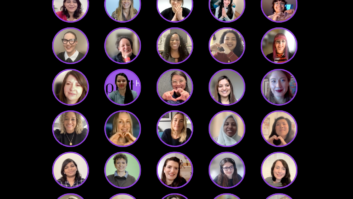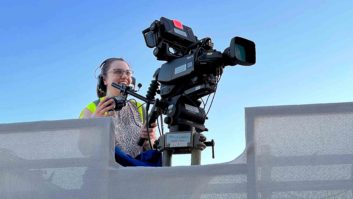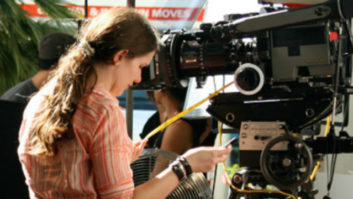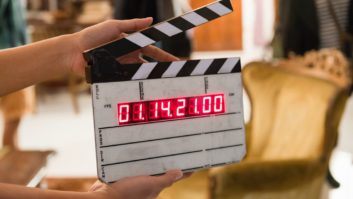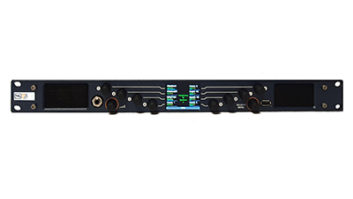
The D-Day remembrance events staged in France and the UK have always provided a timely opportunity for reflection and respect for those who experienced 6 June, 1944. However, as younger generations become increasingly distanced from World War II, broadcasters are using new digital platforms to connect them directly to the real life events of that day, not just teach them about the historical facts.
TF1, France’s national TV channel, took an interactive approach to its D-Day coverage. In conjunction with the Caen Memorial and Google Cultural Institute, TF1 launched a Google+ Hangout On Air, using a Blackmagic Design live production workflow to stream a discussion panel with four WWII veterans.
Raymond Dulieu, CEO of Freecaster, who executed the live stream, explains the concept. “Hangout on Air basically takes a multiway video call and turns it into a live, interactive broadcast through a host’s YouTube channel.”
“Presenters reading out questions from Twitter and Facebook is a regular feature in television programming today, but this workflow takes the interactivity one step further. Bringing the voices and memories of soldiers, nurses and evacuees to a social platform meant that young people were able to ask veterans about what it was really like to live through WWII.”
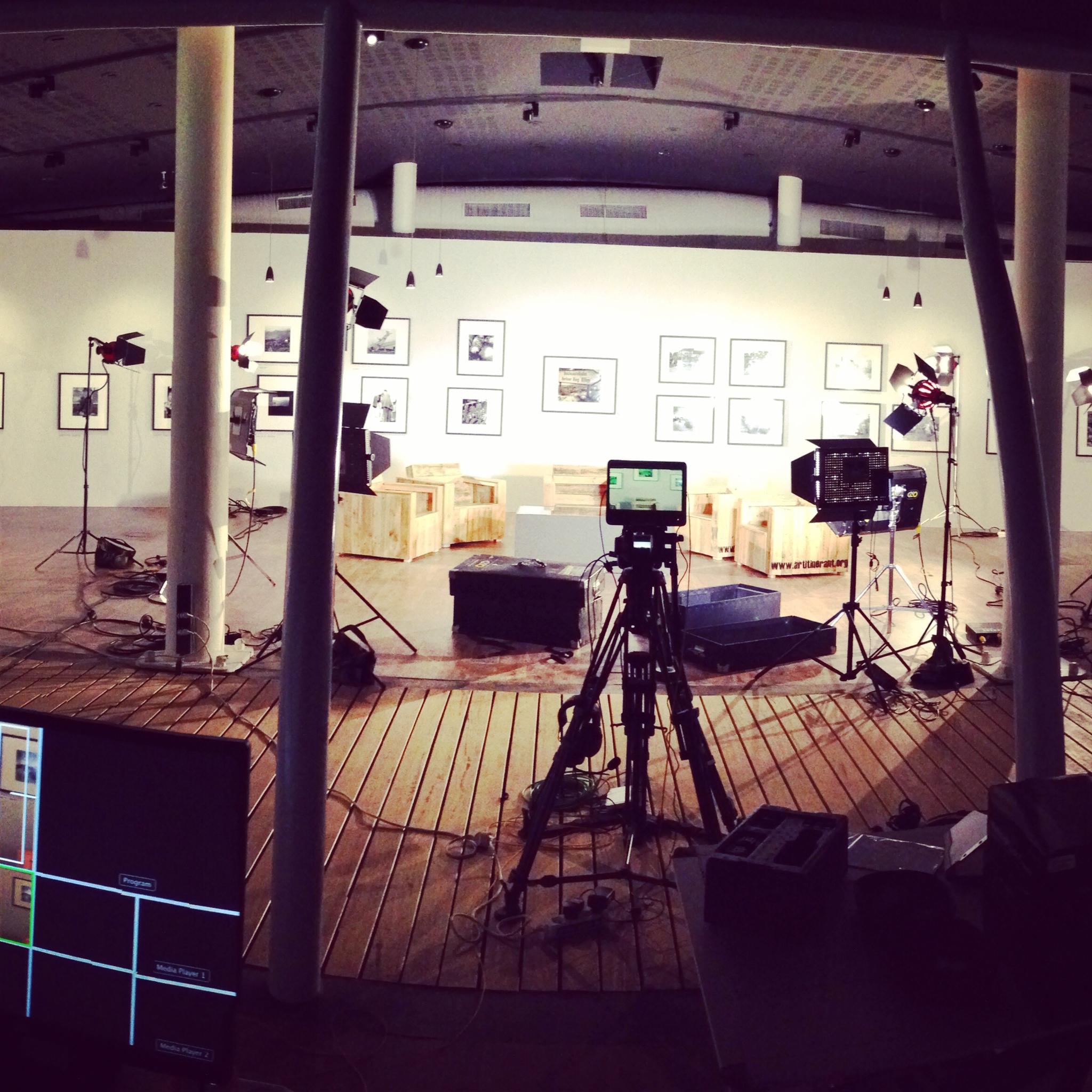
Filming of the panel was done on three Blackmagic Studio Cameras, while a Blackmagic Cinema Camera was used for close up shots. “The Blackmagic Studio Cameras have completely simplified our workflow, thanks to the built in talkback and tally features, which are a critical aspect of any live production,” reveals Raymond.
The camera feeds were taken into an ATEM 1 M/E Production Studio 4K, to produce the programme mix, which was is then captured using a HyperDeck Studio Pro VTR. The HyperDeck was connected via Thunderbolt to a MacBook Pro, where it is compressed to 720pm, and then delivered directly into the Google Hangout environment.
“Not only does using a professional broadcast switcher elevate the production value on our live webcasts, but we could also use an auxiliary output on the ATEM to feed viewers’ questions onto a monitor that the panel used to interact with the audience,” explains Raymond.
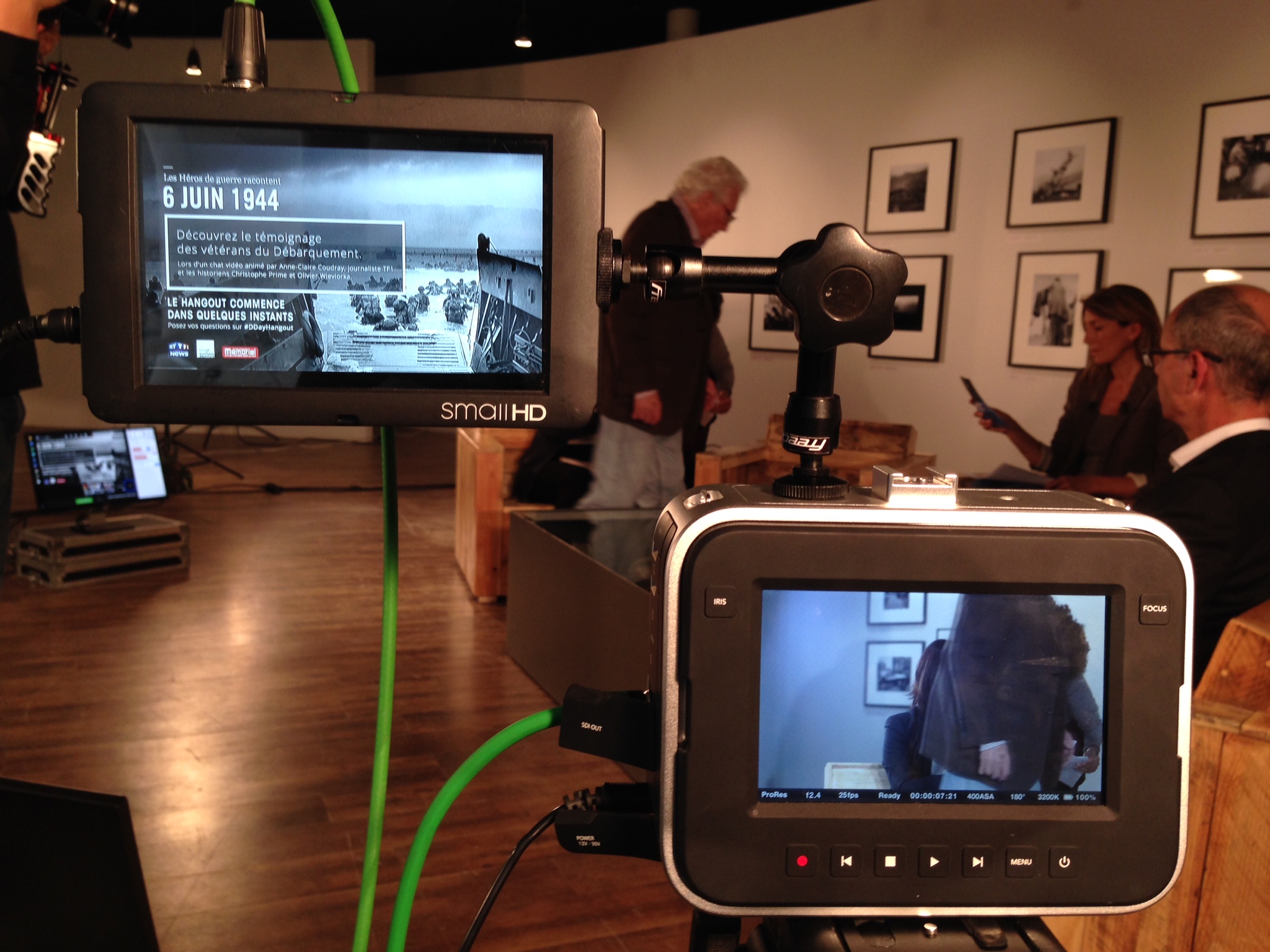
“As with any live event broadcast, reliability was a key factor, but even more so with this project. This was a new platform for a national television channel, and the interactivity between the panel and viewers was at the heart of the concept,” concludes Raymond. “The Hangout’s success is a huge step forward in how we keep memories of historical events alive, so that future generations do not forget the huge sacrifices their great-grandparents made for the world they live in today.”
